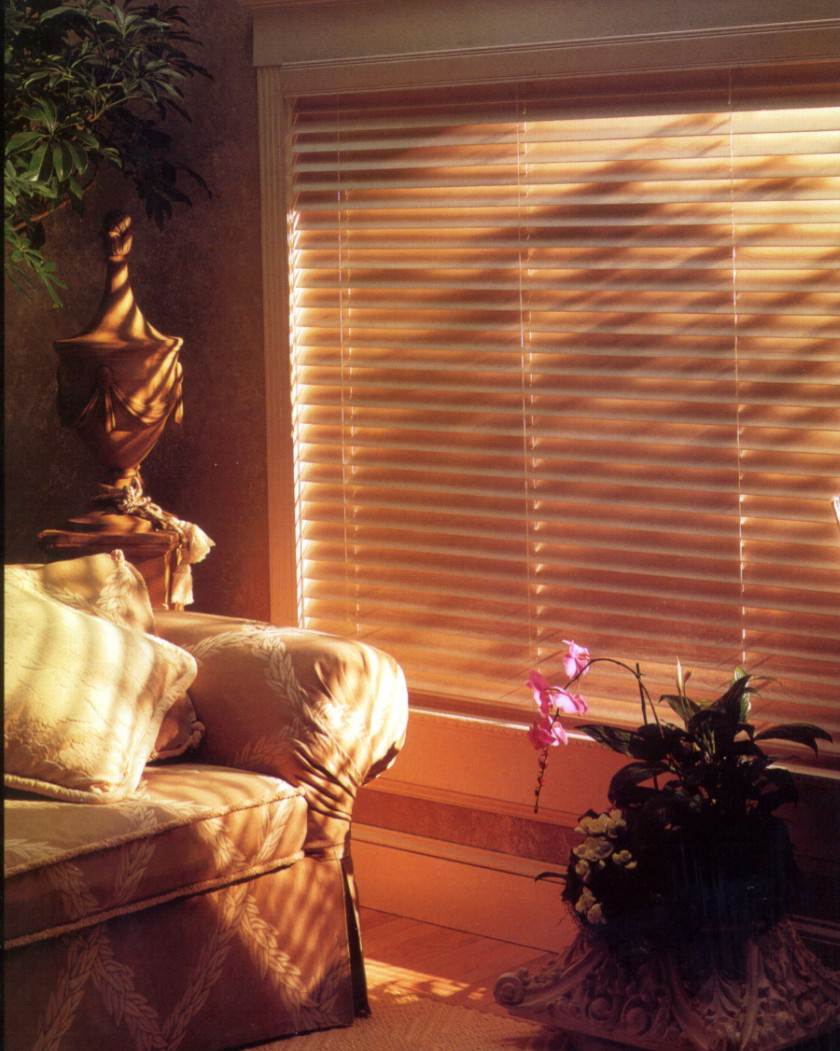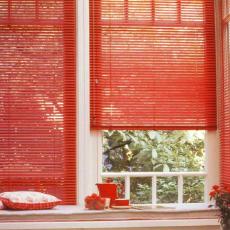Search
Login
We choose blinds for windows, horizontal, vertical or roller
Blinds are considered to be the most stylish and modern version of window design, which is used both as a solo element of window decoration and in a duet composition with curtains. At its core, blinds are recognized as a modified version of the classic curtains, consisting of slats that can change their location in spatial terms. The variety of types and modifications complicates the choice of structures used to protect against excessive lighting. This article is intended to tell in detail about all the existing options for this element of decor, as well as to clarify the advantages and disadvantages of each of them, which will allow even the most demanding consumer to decide on a design solution.
Content
- History of blinds
- The principle of operation of the blinds and the main varieties video
- Materials used for the manufacture and classification of blinds on this basis
- Roller blinds
- Blinds on plastic windows
History of blinds
Not a century has passed since the history of the blinds began its conquest of the world. The close connection with such eternal concepts as jealousy and hatred gives it a certain amount of mystery. If you look at the dictionary according to which the term comes from French jealousy, then be absolutely clear about this.

Why is this so? There is no definite answer, because each historian has his own opinion on the current situation. Some believe that this is due to the temperamental nature of eastern men trying to hide their companions from other people's eyes, others argue that the origin of the blinds is associated with the frivolity of the French courtesans, showing their charms through the lattice curtains, and in the understanding of the third blinds they do not fundamentally differ from fabric curtains used to decorate doorways in medieval castles.

The principle of operation of the blinds and the main varieties
The basis of the design solution for the blinds is the creation of a mechanism that operates using a system for regulating the location of slats or slats, which are the main structural unit of the blinds, as well as a control complex and elements for connecting. The production of lamellas is carried out from various materials, which provides for the difference of blinds on this basis. Today, the building materials market offers a variety of options for blinds, but on the basis of some similar signs and differences, it is possible to create a classification of them according to various criteria, among which the spatial orientation of the strips (lamellas) is predominant.
In this case, the conversation will focus on the location of the strips in space, in accordance with which, horizontal and vertical blinds are distinguished.

horizontal blinds
The design of horizontal blinds is represented by horizontally oriented slats, fastened by means of cords and a ladder made of nylon, which is part of the cornice together with the control mechanism. The manufacture of lamellas for horizontal blinds is made of aluminum, wood or similar synthetic materials, natural or artificial fabrics, as well as plastic, which occupies a major position in the overall structure of materials.

vertical blinds
Vertical blinds got their name according to the same principle. The lamellas in this case are located in a vertical plane, and their fastening to the cornice is carried out with the participation of specialized holders. The connecting chain located on the lower edge of the panels is a distinctive feature of vertical blinds. It is necessary for fastening lamellas to each other. In the above case, the stability of the lamellas is achieved by using their own weight, or by using small weighting agents that are sewn into the lower edge of the fabric lamellas.

Materials used for the manufacture and classification of blinds on this basis
The manufacture of lamellas is carried out from a variety of materials, which are characterized by different densities and wear resistance. The greatest wear resistance is characterized by aluminum blinds. The lamellas made of aluminum are characterized by high rigidity, as a result of which such blinds are used to decorate complex window openings equipped with partitions. They are resistant to changes in temperature and high humidity, which makes them safe to use in bathrooms and in rooms with high pollution.

The color scheme of aluminum lamellas is very diverse, and the possibility of installing curly lamellas painted in different colors allows aluminum blinds to compete with the classic element of window decor with curtains, not inferior to them in originality.

plastic blinds
Plastic blinds, like aluminum, have a number of advantages, the main of which is the ability to completely darken the room, as well as no less resistance to changes in temperature and humidity. If you prefer plastic blinds on the windows, then you will get the opportunity to have a wide selection of colors and a variety of textured solutions.

fabric blinds
Another type of window decor is fabric blinds. The material for their manufacture are fabrics with a high level of consumer qualities, the main of which are resistance to sunlight, durability and ease of care, and the use of special impregnating agents gives the blinds dirt-repellent properties. All these qualities make it possible to consider fabric blinds available for wide consumption.
A more original kind of fabric blinds are jacquard blinds. They are distinguished by a textured pattern, ensured by the interweaving of multi-colored filament fibers into the material. Made from high quality polyester, they have anti-static and dust-repellent properties.

Roller blinds
And lovers of classics and laconic design will like roller blinds. Conservatism, complemented by high functionality and clarity of designs, is all about roller blinds. They are a product consisting of a roller cylinder on which a roll of fabric is wound.

The previous regulation is carried out using a lifting mechanism. The most beneficial roller blinds will look on plastic windows, or places where the use of curtains is impossible. The choice of colors for blinds in this case has its own characteristics. Professionals advise giving preference to lighter colors, while it is not recommended to choose blinds to match the tone of the room. Ideal is the choice of blinds two tones lighter than the tone of the room. These features will eliminate the monotony of the interior.

Blinds on plastic windows
When choosing blinds for plastic windows, it is important to know that special design options have been developed for these purposes. One of these is the blinds for plastic windows that have a special cornice and a set of functional fasteners that allow you to harmoniously fit into the design of the window, creating a single whole with it. An important feature of such blinds is mono-command regulation, that is, raising and lowering with the help of a single chain circulating in a circular direction.






